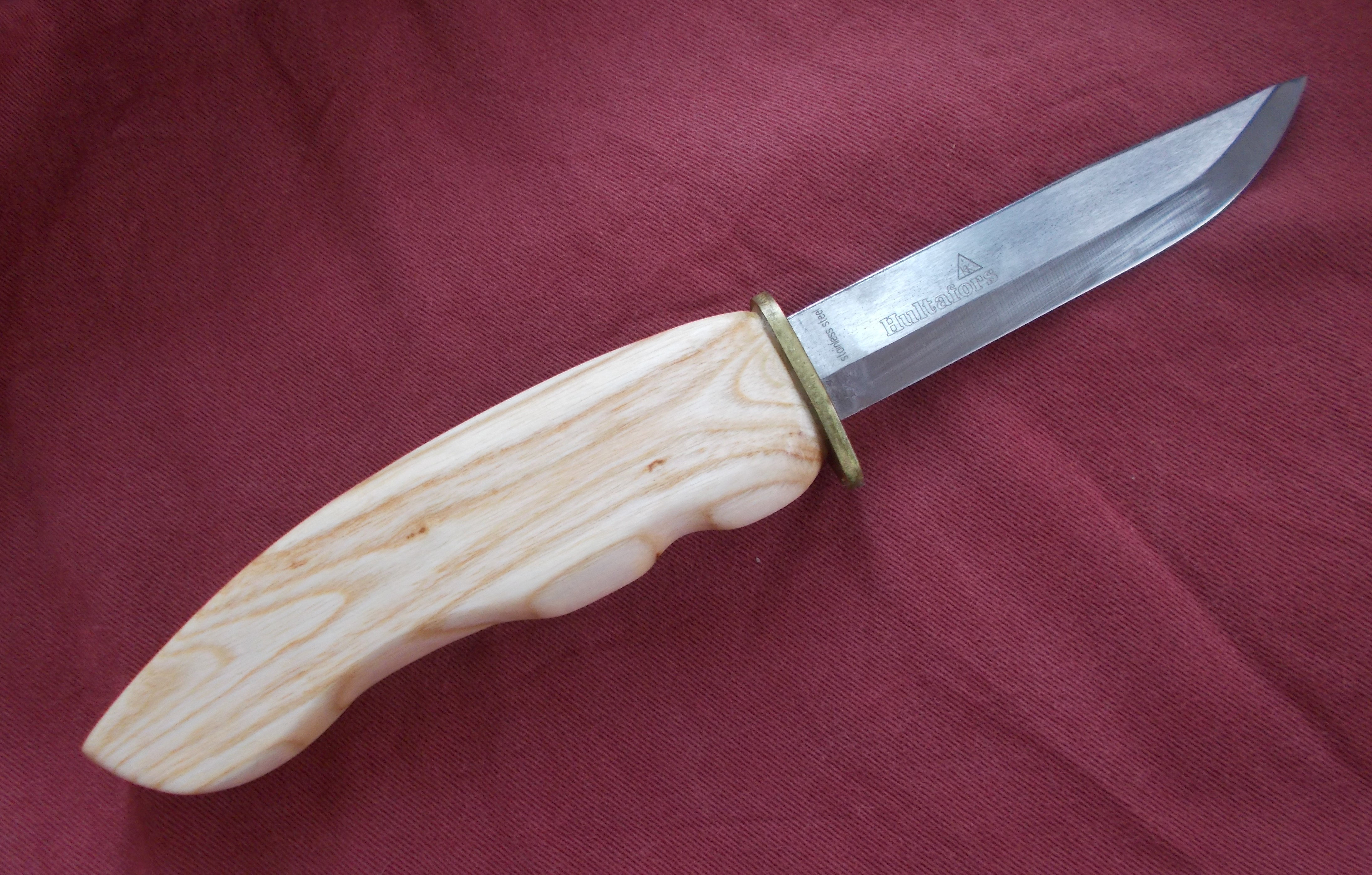Hey there Blundstoned,
What type of sheath are you wanting to make, a western style sheath, or a scandinavian style puukko sheath.
in case you were planning on a western style sheath, Which I will presume for now, Both indeed can be done, but there is a reason for each one.
Most diy makers or people that need a sheath for them selves that is not Super Duper critical on the tension of the stitching being the same alround the sheath, I would advice to wetform after stitching.
This for the very reason that wetforming after the stitching has been done takes out all the guess work and will ensure a sheath with a proper fit around the knife making sure it wil not slip out of the sheath.
However
The reason most professional makers do the stitching after is because all the stitching will look neat, and the tension on the stitching will be the same all around the sheath, this is mostly an aesthetical thing than a functional one.
But as a professional maker you want a product that is as aesthetically pleasing as possible, and doing the wetforming before the stitching takes a bit of experience to get the tolerances just right so it will be tight enough to fit the knife, but not to tight so it will not fit or even stretch the leather out of its wetformed position as this looks a bit shabby.
Aka stitched is easier to do, expect that the stitches you made near the part that will get the most amount of stretching, will get pulled into the leather more, nothing wrong with that, but for some people it is an aesthetical nono, personally I dont mind it for the sheathes I personally use, however
If I am making a sheath for someone else, I do the wetforming first and stitch them after to ensure the quality look of the piece with as even stitching as possible.
as far as the welt there isnt really a big change, make it over size on the end where it will stick out of the sheath and then trim smooth to the rest of the sheath,
I personally run a stitch groove on the inside to have certain length of the welt running inside the sheath,
Usually about 6 to 8 mm depending on the sheath, as I think it is tidy, however no-one will ever see this, but I find it is easier that way to make all you stitching holes line up as well.
Hope that helps/clarifies some of the choices ^^
Cheers and goodluck!
yours sincerely
Ruud

